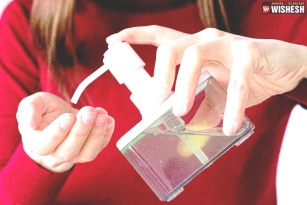
 So you have decided to start water gardening. You have finished all the hard work like digging and leveling. Now let the fun begin. Yeah, the fun part is picking out your plants.
So you have decided to start water gardening. You have finished all the hard work like digging and leveling. Now let the fun begin. Yeah, the fun part is picking out your plants.
There are four types of plants you will want for your water garden: marginals, oxygenators, deep-water and floaters.
After you've planted your plants in clay pots, plastic tubs, or pans, pack in the fertilizer, add chemical-free soil, packed tightly, add pea gravel to the container to keep the soil from floating away. Put your plant in the water at the appropriate depth and you're all finished!
When picking your plants, you'll probably choose some tropical water lilies. These aquatic beauties are popular choices as they offer big blooms day or night and a knock-out fragrance.
Water lilies love warmth and they will definitely die at freezing temperatures, they will thrive at daytime temps of 75F, or nighttime temps of at least 65F.
The big advantage to hardy water lilies is that they can stay in the water year round, unless it freezes deep enough that the roots freeze.
Both hardy and tropical water lilies are true sun worshippers. They need at least 5 to 10 hours a day, along with regular fertilization, to keep these plants thriving.
Of course we also want a lotus plant for the water garden. They are relatives of the water lily. The lotus plant is much bigger than the water lily, they feature big and beautifully splendid blooms. Their seed pods and leaves are breathtaking and they are a favorite in cut flower arrangements.
Marginals are grass-like plants that will grow best in shallow areas no deeper than 6 that border the water garden. They also do well in mud. Bamboo, papyrus, cattail and many other plants fall into the category of marginals and grow best with at least three hours of sun.
You also need to add some plants to fight off algae, provide food for fish, and oxygenate water. These plants are fairly cheap, can be bought in bunches and they do well in gravelly and or sandy soil. They are also hardy enough to survive through the winter months.
Another popular plant is the water hyacinths. These beauties need no soil. Simply toss them in the water and they're planted. A water hyacinth plant does it's part by fighting blanket weeds and algae by keeping sunlight scarce on the waters surface. But one note of caution: This plant is very invasive, so keep it under control or you may wish you'd never laid eyes on it.
Take your time, choose plants wisely, and know your climate. Your rewards will be great in return.















